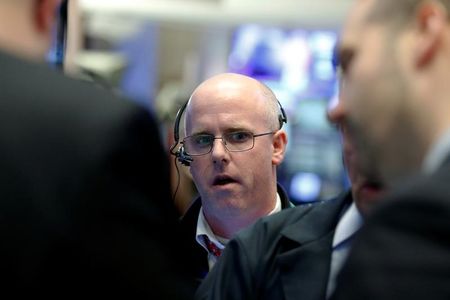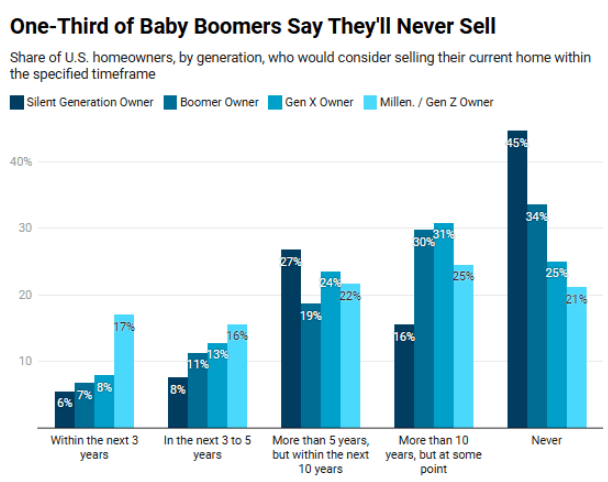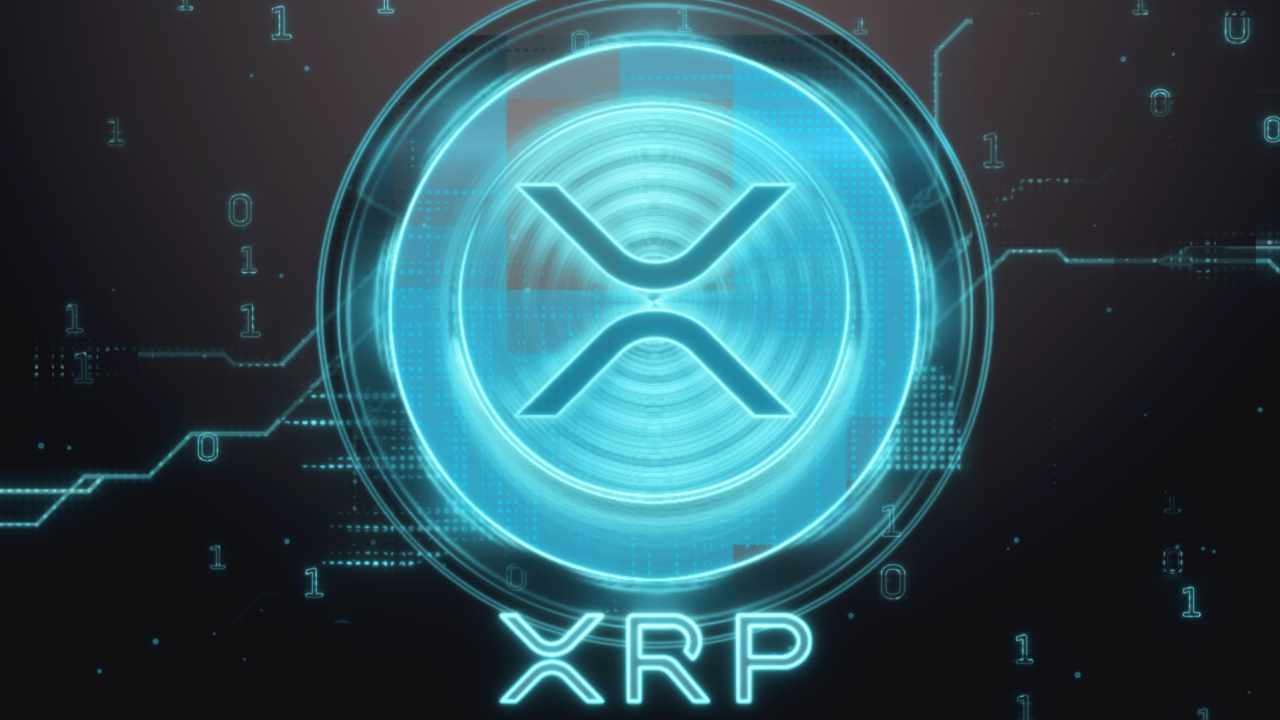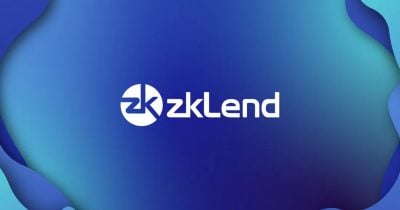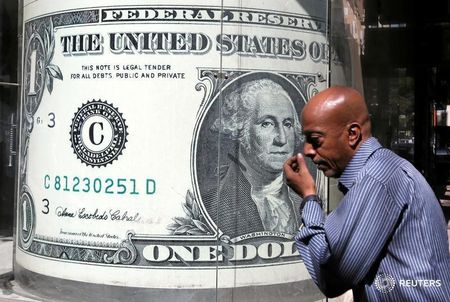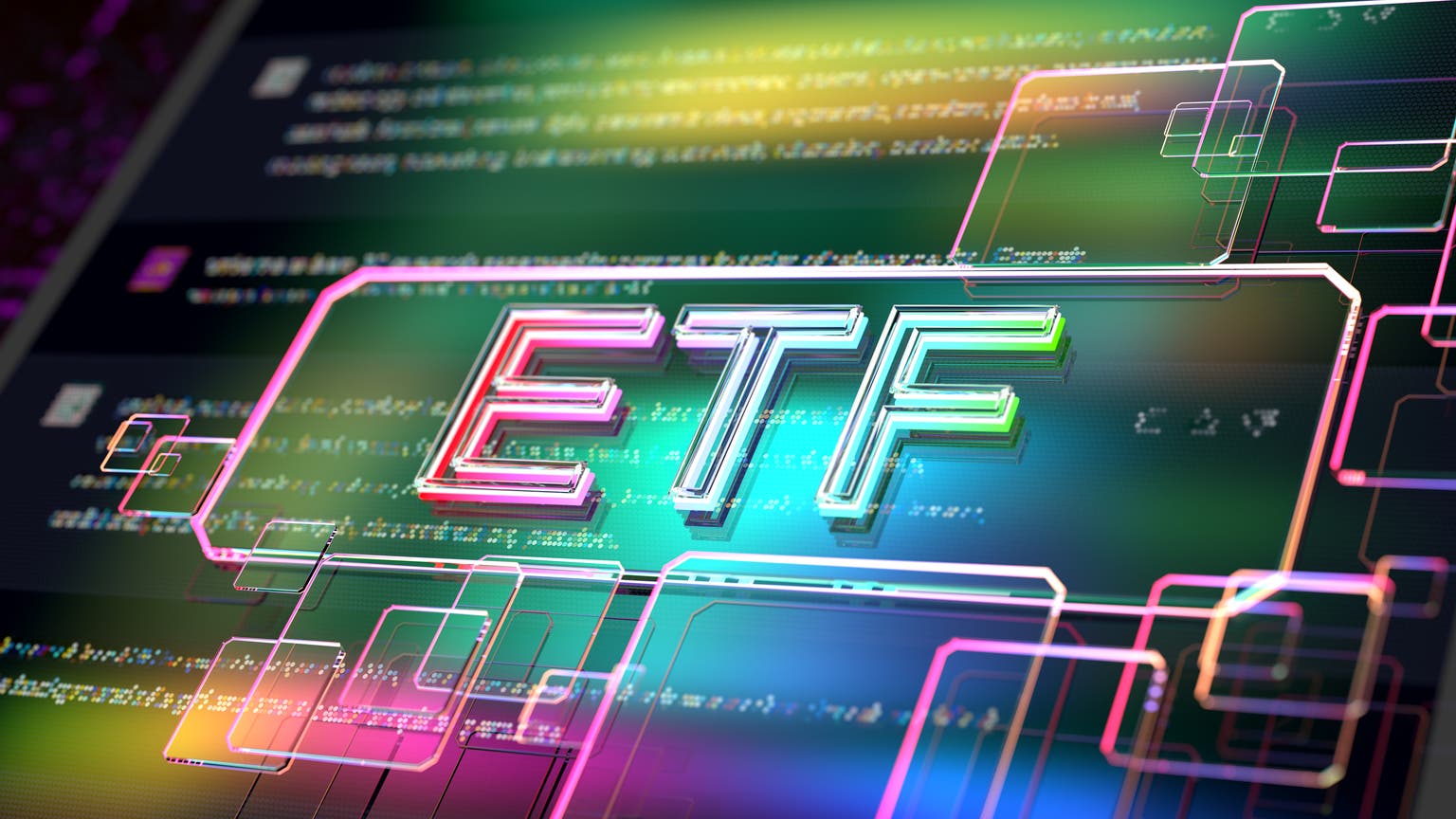Should I go all in on JEPQ and live off the dividends – what are the risks?
Covered call ETFs seem to be one of the best things since sliced bread for passive income investors who want to raise the bar on their yield without all the downside risk that comes with going for the dividend (or yield) traps. Indeed, specialty income ETFs check all the boxes for a certain class of […] The post Should I go all in on JEPQ and live off the dividends – what are the risks? appeared first on 24/7 Wall St..

Covered call ETFs seem to be one of the best things since sliced bread for passive income investors who want to raise the bar on their yield without all the downside risk that comes with going for the dividend (or yield) traps. Indeed, specialty income ETFs check all the boxes for a certain class of dividend investor. But, as is the case with most ETFs and individual stocks, there are risks that should not be taken lightly.
At the end of the day, there’s no such thing as “risk-free” when it comes to equities. And while covered calls may make for a less volatile ride, they can still lose investors’ money, and given the inherent yield volatility, investors had better prepare for fluctuations, not only in the share price but also in the amount of monthly income they’ll receive as well. Sure, covered call ETFs are a fantastic way to give your income stream a huge shot in the arm. But provided all the risks are understood and managed!
Key Points
-
The JEPQ is a massive 11.3%-yielder that’s tempting to double down on right now.
-
Going all-in on a single investment could leave a portfolio undiversified.
-
The JEPQ is great, but do consider other dividend payers as well.
-
Are you ahead, or behind on retirement? SmartAsset’s free tool can match you with a financial advisor in minutes to help you answer that today. Each advisor has been carefully vetted, and must act in your best interests. Don’t waste another minute; get started by clicking here.(Sponsor)
This investor loves the JEPQ. They’re thinking about going all-in
In this piece, we’ll check in on the case of an individual self-guided investor who’s such a big fan of the JPMorgan Nasdaq Equity Premium Income ETF (NASDAQ:JEPQ), which is a covered call ETF that invests in the Nasdaq 100 index, that he’s thinking about going “all in” on the ETF with the intent of living off the distributions paid out monthly. On the surface, that seems like a good idea.
The JEPQ yields a massive 11.28% at the time of this writing, which is almost triple that of the so-called “4% rule.” And while the JEPQ is a terrific income stream enhancer, I would warn against going “all-in” on any single type of investment. Diversification matters, especially at a time like this, when a few words from the President could send a group of stocks into a bit of a tailspin.
While the JEPQ is diversified across 100 names (within the Nasdaq 100), it’s noteworthy that most of the stocks are within the tech sector. Additionally, the yield, while on the high end of the range, won’t stay in one spot for the long haul. The premium income generated from the sale of call options can vary, sometimes significantly, based on implied volatility.
If we sail into a summer season of minimal volatility (traders and retail investors head off on their summer vacations), there’s a good chance the yield on the JEPQ and similar covered call ETFs could move lower.
Either way, I’m of the opinion that it’s not a great idea to fund your retirement with the assumption that a nearly 12% yield will hold up and you’ll be paid the same amount every single month. In essence, covered call ETF distributions can fluctuate wildly based on a number of factors.
Staying diversified is key
If a JEPQ distribution comes up short in any given month, there should be no reason for alarm if one’s sufficiently diversified. Many investors lean heavily on the JEPQ and have done quite well in recent years (the income boost comes at the cost of upside potential), but for those who rely on dividends and distributions to make rent in any given month, I’d say it’s not a bad idea to diversify into dividend-paying stocks or ETFs that won’t experience flucutating yields.
Energy Transfer (NYSE:ET) and Enbridge (NYSE:ENB) are midstream energy plays that yield 7.43% and 6.11%, respectively, at the time of this writing. Such names could offer greater distribution certainty when paired alongside a covered call ETF such as the JEPQ.
In any case, for a young investor who’s willing to put up with yield volatility, I’m not against a heavy position in a covered call ETF. However, I don’t think going “all-in” is the right way to go, especially for those who don’t quite understand the inner workings of premium income ETFs.
The post Should I go all in on JEPQ and live off the dividends – what are the risks? appeared first on 24/7 Wall St..





































